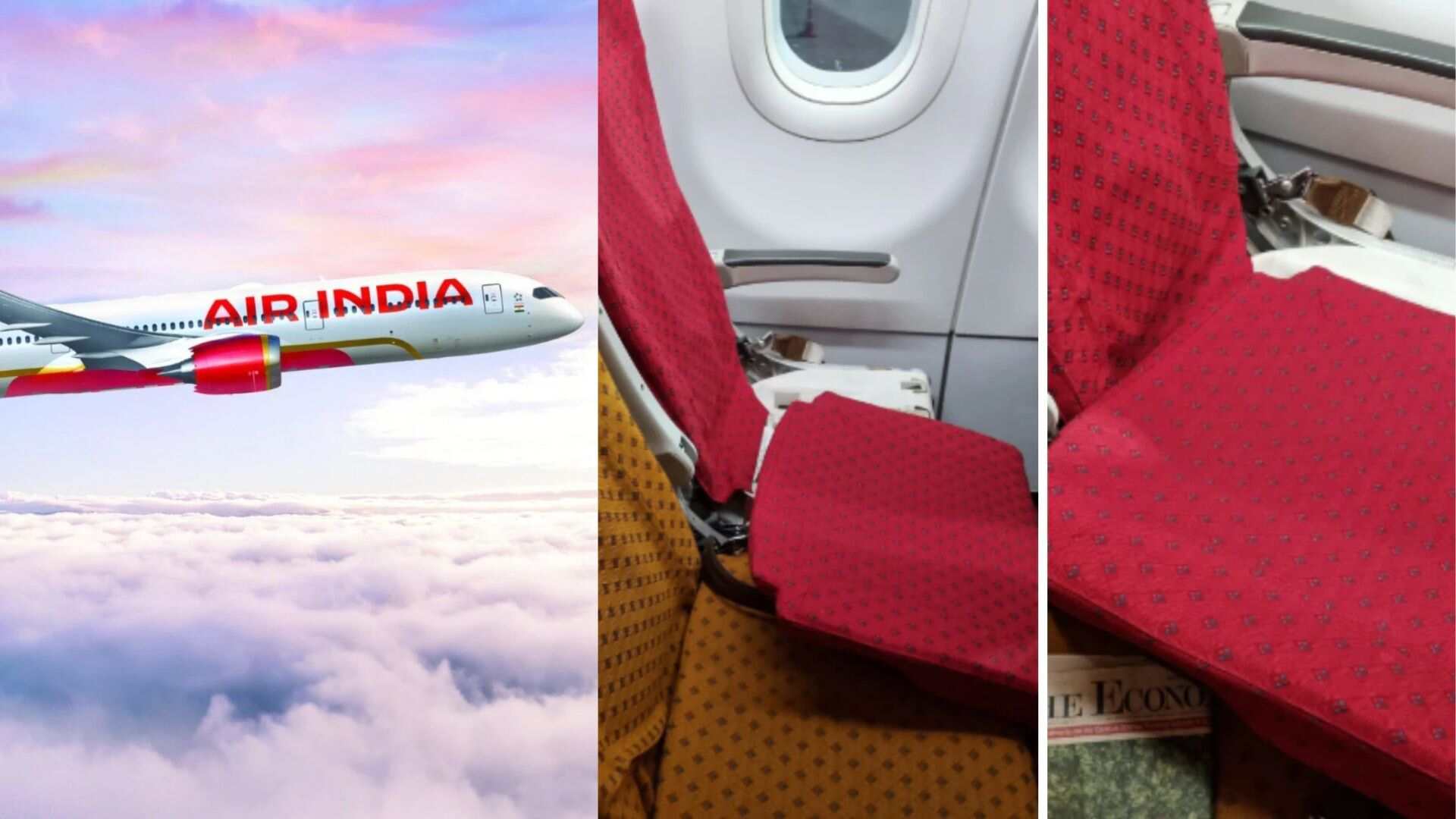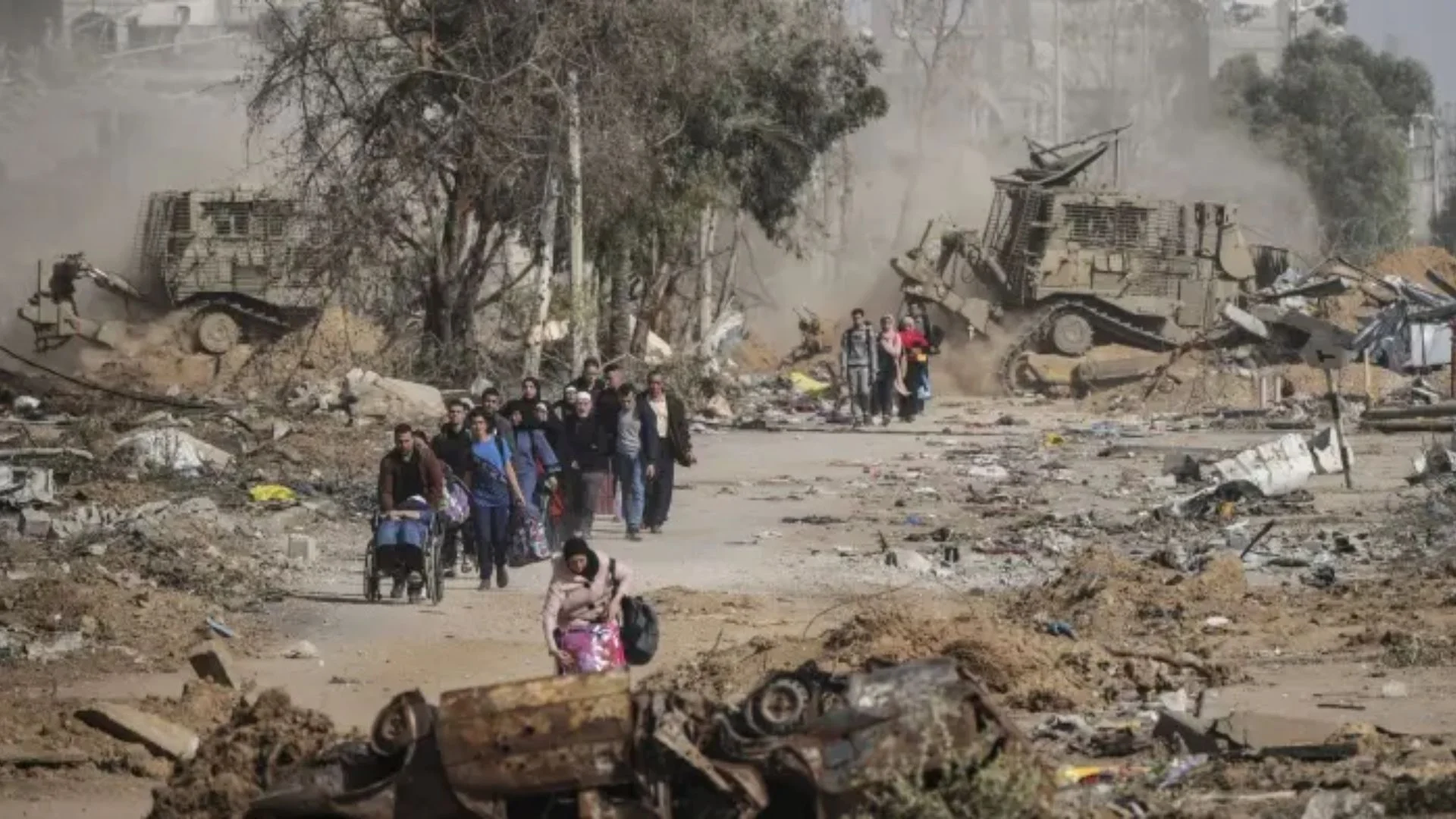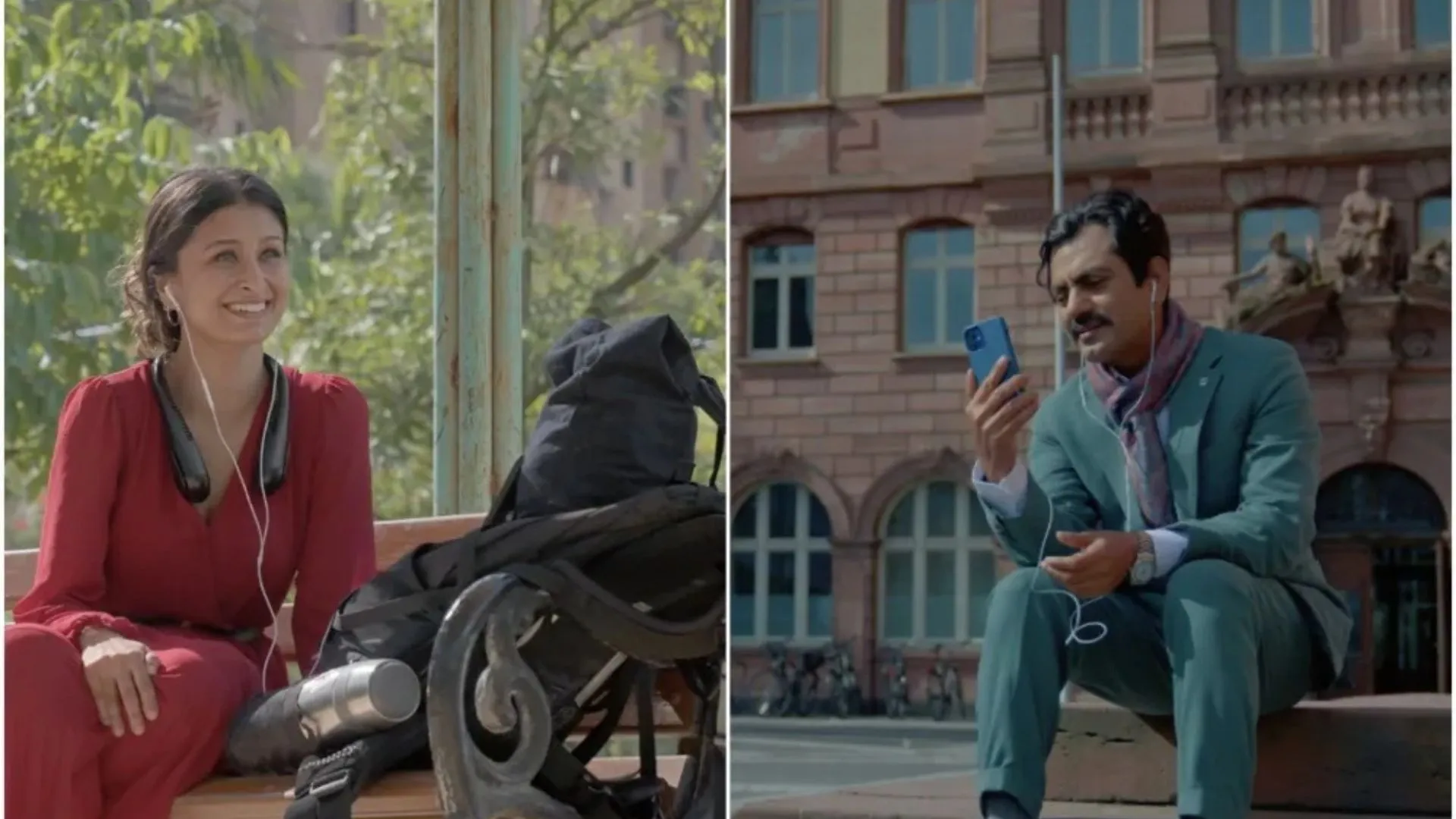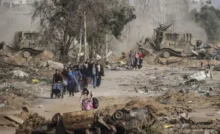Air India frequently appears in the news almost every week, covering a range of issues from delays and product concerns like inoperative seats or in-flight entertainment to food quality. Currently undergoing a turnaround, the airline has named this phase Vihaan. AI.
According to its statement, it has progressed beyond the initial stages of Taxi and Takeoff and is now in the “Climb” phase of its transformation.
Air India CEO Campbell Wilson acknowledged the San Francisco delay mismanagement, garnering significant attention and resulting in vouchers for affected passengers. While the airline prepares to introduce three-class narrowbody aircraft soon, delays in widebody reconfiguration and refurbishment persist, primarily due to ongoing supply chain challenges affecting both OEMs and airlines since the pandemic’s onset.
What’s the problem?
Air India passengers frequently complain about worn-out seats and malfunctioning In-Flight Entertainment systems. However, amid these issues, a few aircraft stand out as exceptions.
Former Delta B777-200LRs serving San Francisco and former Etihad B777-300ERs operating in London consistently receive praise for their service quality.
The issue stems from malfunctioning IFEs and broken seats that either don’t recline or lack functionality. These seats are outdated, and no longer in production, and spare parts are scarce due to their limited popularity and operational use.
The IFE systems are old and in need of replacement, but it’s not worth investing in them now since both the seats and IFE are due for refurbishment. How old are the planes precisely?
The B777-200LRs, in service since 2009, average 15 years. For the B777-300ER, the fleet ranges from about 7 to 17 years old. IndiGo’s Dreamliner fleet averages 10 years, with the oldest nearing 13 and the newest nearly 7 years old. IndiGo’s six-year lease and return model has gained local traction, contrasting with global airlines’ older fleet averages.
Widebody aircraft, less attractive for sale and leaseback, have higher average ages. Singapore Airlines, soon with equity in Air India, averages under 8 years. Emirates and Lufthansa’s average fleet ages exceed 10 and 14 years, respectively. Air India, notably younger, averages under 10 years.
Are old planes the problem?
Old planes aren’t necessarily problematic if well-maintained. These 15-year-old aircraft, previously with Delta and now with Air India since their 2008 induction, underwent refurbishment in 2018. They would have continued flying for Delta for a decade or more if not for the pandemic, which led to their retirement. Today, amidst a global plane shortage, their age isn’t the issue.
American Airlines, for instance, operates B777s over 20 years old without issues like broken seats or IFE failures. The real concern is maintenance lapses and the need for timely refurbishments, as most airlines update their fleet every decade for optimal performance.
Air India has ordered 470 new aircraft, with six A350s originally intended for Aeroflot now delivered ahead of schedule. These planes will start flying between Delhi and London starting this September.
Despite facing challenges like privatization, pandemic impacts, and efforts to reduce losses, Air India is focusing on getting its grounded planes operational under Tata’s management, including necessary refurbishments.










